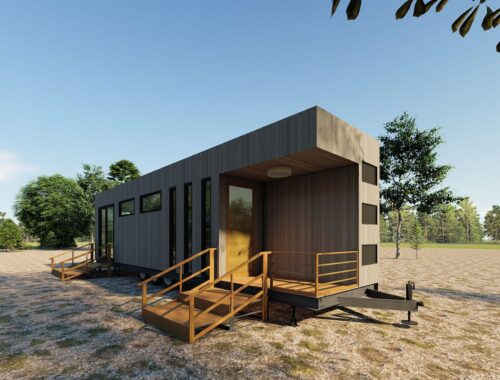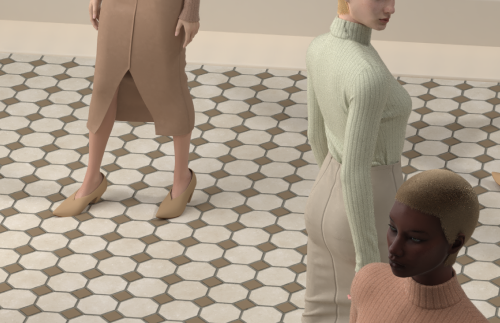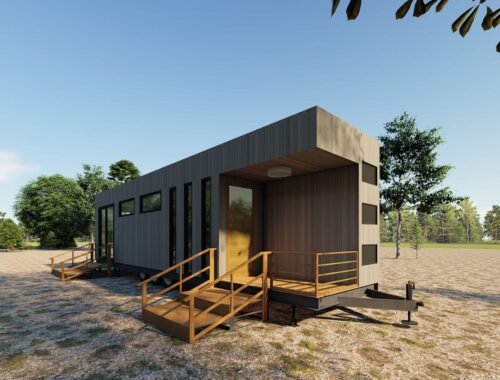First Impressions: The North Face’s 2019 Gear
>
For the designers behind the products on shelves now, 2018 is already old news—they’re hard at work on next summer’s gear (and even the summer-after-that’s gear). With that in mind, we traveled to Joshua Tree National Park in late April to hike, climb, run, and get a sneak peek at next year’s spring line from The North Face. Here are a few of the items we’re most excited about.
The North Face decided to start a new pack line from scratch. The Griffin (65 and 75 liters), Hydra (26 and 38 liters), Chimera (18 and 24 liters), and an updated Banchee (50 and 65 liters)—all in men’s and women’s versions—come with pivoting hipbelts, back panels you can raise or lower without taking off the pack, and straps that self-equalize to keep weight equally distributed even as the pack shifts on your back. The suite of features is collectively named Dyno Carry and is intended to make the packs fit better and adjust more easily as your load changes and your muscles fatigue. The Griffin has a detachable summit pack on the outside, where an external mesh pouch would usually go. All in all, the designs promise to bring something new to the pack market and the North Face line.
Knit construction is all the rage these days, showing up in everything from running shoes to climbing shoes. With its Truxel Boot ($150) and Shoe ($140), The North Face gets in on the trend. The boot’s sleek, slim look is designed to appeal to a younger, more fashion-focused hiker, though we were struck by how comfortable the shoe looks, with its socklike cuff and ventilated panels along the sides.
The North Face debuted its low-profile, high-cushion XtraFoam midsole in 2017 in the Endurus line of max-cushioned trail-running shoes and hiking boots. Now it’s putting that same dual-density midsole into a slightly lighter shoe called the Ampezzo ($130). With a 20-millimeter stack height (14 in the toe), the Ampezzo is on the minimal end of the spectrum. But that dual-density XtraFoam midsole, which comprises a pliant inner ring and a denser outer ring, is soft and forgiving, designed to absorb energy rather than return it. The Ampezzo won’t be as fast or responsive as models with stiff midsoles, but it’s ideal for slow training runs or long, high-mileage days without the added bulk of a maximalist shoe.
You May Also Like

コンテナハウスの魅力と活用方法
March 14, 2025
Generated Blog Post Title
March 1, 2025